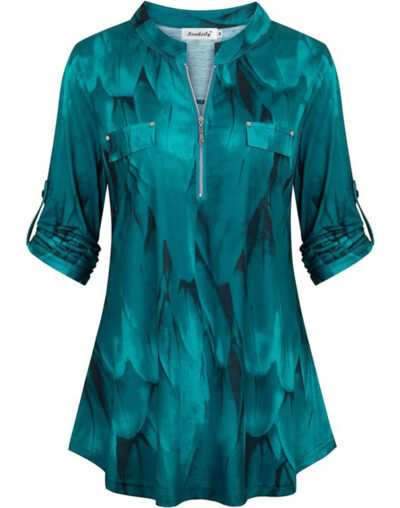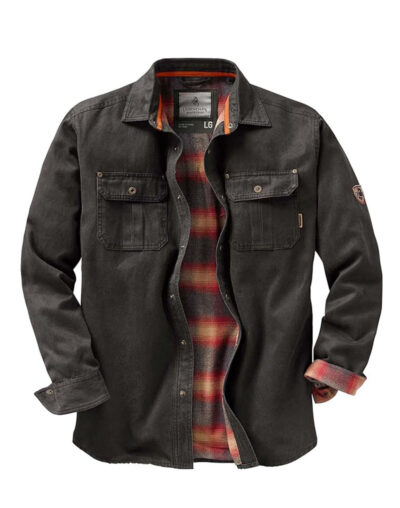Meta-fashion sounds like the future, but like any sci-fi story, it’s not without its glitches. Sure, we’re all excited about virtual wardrobes and digital runways, but as with any shiny new tech, there are a few bumps in the pixelated road.
From accessibility issues to privacy concerns, navigating the world of virtual fashion is a bit like trying to find the perfect outfit online—sometimes it fits, sometimes it doesn’t. So, while we’re all getting ready to strut down the virtual catwalk, let’s take a moment to consider the challenges that might trip us up along the way.
Limited Accessibility and Inclusivity
Limited accessibility and inclusivity pose challenges within the meta-fashion market. More specifically, this influences the fashion landscape within the virtual world and highlights the need for broader inclusivity and accessibility measures.
This limitation excludes a significant portion of potential customers and also inhibits the diversity and creativity that could flourish within the virtual fashion space. As the virtual fashion market continues to grow, it is essential to create an inclusive environment for all users.
Implementing broader accessibility measures can lead to a more vibrant and thriving virtual fashion industry. Such measures include designing for different abilities and ensuring diverse representation.
Data Privacy Concerns
Data privacy concerns in virtual fashion technology underscore the importance of two things. These are secure digital platforms and the ethical considerations involved in navigating fashion’s evolving landscape in the digital age.
Integrating technology in the fashion industry has revolutionized how consumers interact with apparel and accessories. As the digital sphere expands, the protection of personal data becomes increasingly critical. Secure digital platforms are essential to safeguarding sensitive information and maintaining consumer trust.
Ethical considerations also play a vital role in this context. As such, designers, retailers, and tech developers must prioritize transparency and data protection. Striking a balance between innovation and privacy is pivotal in shaping a sustainable, responsible digital fashion landscape.
Sustainability Issues
Sustainability issues impact digital fashion trends and the virtual fashion market. They call attention to the intersection of fashion in augmented reality environments and the need for sustainable practices within the digital fashion landscape.
This dynamic shift towards digital representations of fashion has brought to the forefront the necessity for environmental awareness and ethical consumption. As consumers increasingly engage with virtual shopping experiences and digital fashion shows, it becomes imperative for brands to integrate sustainable principles. Ideally, these propositions should be incorporated into their virtual designs and production processes.
Some crucial steps towards creating a more sustainable and responsible digital fashion landscape are:
- Embracing eco-friendly materials
- Reducing waste
- Promoting conscious consumption in virtual fashion avatars
The digital fashion market holds the potential to lead the way in promoting a greener and more ethical fashion industry overall.
Final Thoughts
Meta-fashion promises to revolutionize the way we experience style, but it’s not without its challenges. Issues like accessibility, data privacy, and sustainability need to be addressed for the industry to thrive. As the virtual fashion landscape evolves, these hurdles will shape the future of digital clothing. If done right, they could pave the way for a more inclusive, ethical, and responsible virtual fashion world.
Want to dive deeper into the world of virtual fashion and its evolving challenges? Visit You’re In Style for more insights and stay ahead of the trend!












